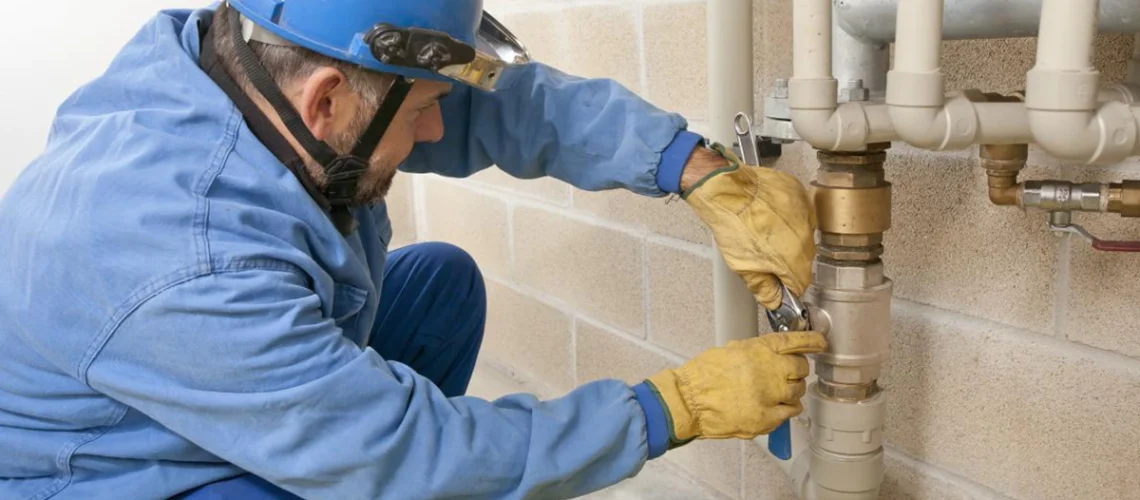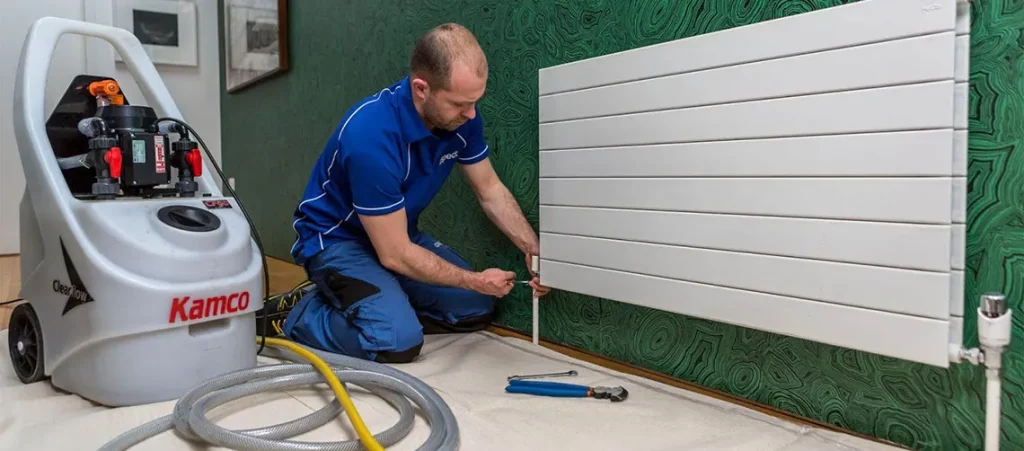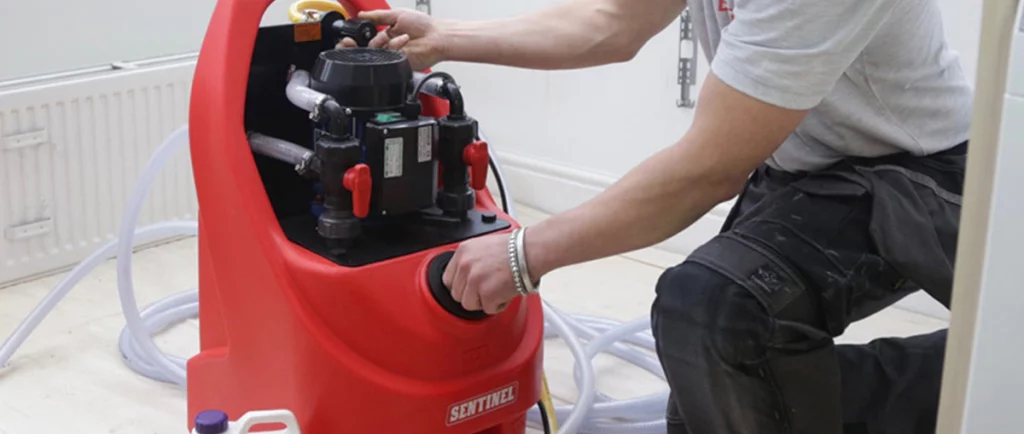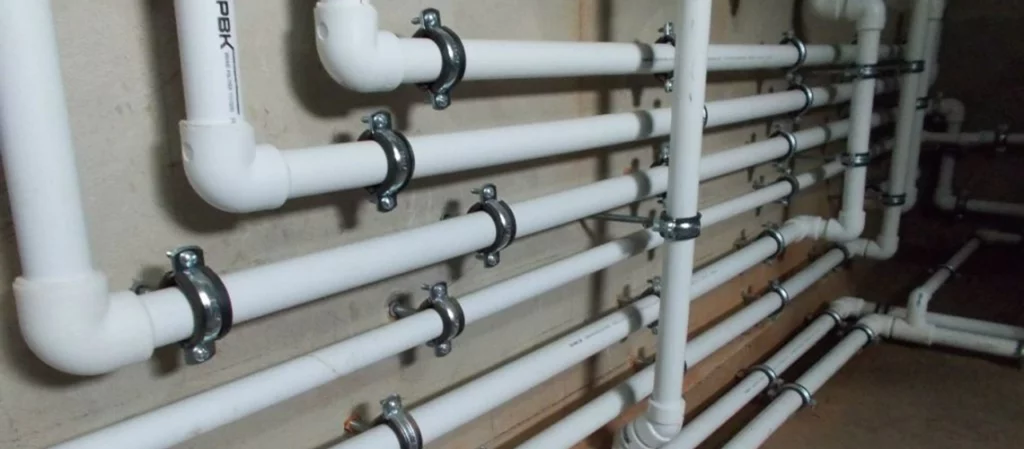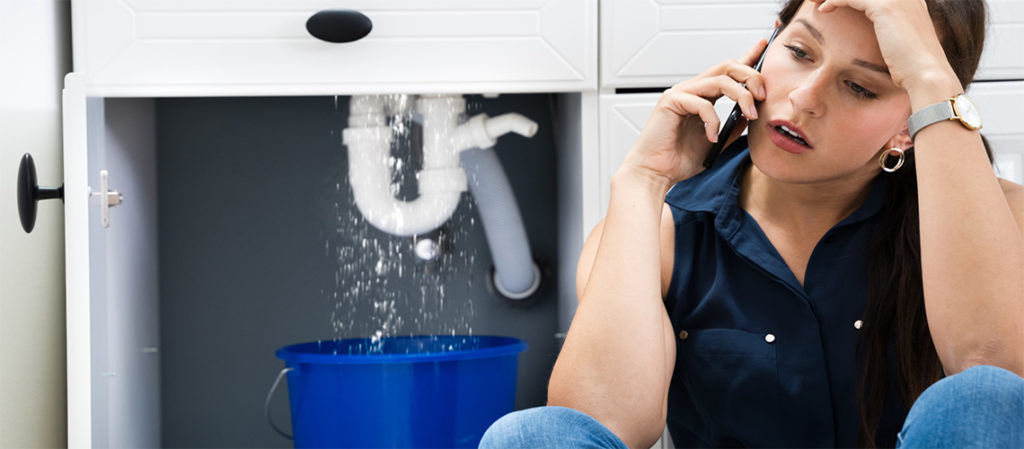Your home’s plumbing system is a critical foundation of comfort and health. However, like any significant component of your house, it can degrade over time. Recognizing the signs that you need to upgrade your plumbing can save you from costly damages and improve your quality of life. Here are several indicators to watch out for.
Contents
Frequent Clogs and Slow Drains
Frequent clogs and slow drains are common issues that many homeowners face, but they can also serve as warning signs that your plumbing system may require more than just minor repairs; it might need a complete upgrade. Understanding the underlying causes of these problems can help you address them more effectively and prevent future occurrences.
Causes of Frequent Clogs and Slow Drains
Build-up of Debris and Waste: Everyday substances like hair, soap scum, food particles, and grease can accumulate inside pipes, gradually narrowing the passageway and reducing water flow. Over time, this build-up can lead to persistent clogs if not regularly cleaned.
Tree Root Intrusion: For homes with older plumbing systems, tree roots can be a significant problem. They can grow into the pipes through tiny cracks or loose joints, causing blockages and potentially severe pipe damage.
Old or Poorly Designed Plumbing: Sometimes, the issue isn’t just what goes down the drain but the condition and design of the drain itself. Older pipes may be too narrow, corroded, or laid out in a manner that promotes frequent clogs.
Foreign Objects: Small objects that accidentally go down the drain can get stuck and obstruct water flow, causing repeated clogging. Even items that are supposedly flushable, like certain wipes and feminine hygiene products, can contribute to blockages.
Solutions to Address Frequent Clogs and Slow Drains
Regular Maintenance and Cleaning: Regularly clean your drains to remove build-up and prevent clogs. Home remedies like baking soda and vinegar can be effective for minor clogs, but for more stubborn issues, professional drain cleaning services may be needed.
Pipe Replacement: If frequent clogs are due to old or damaged pipes, replacing them with new, modern materials can provide a long-term solution. PVC or copper pipes, for example, are resistant to corrosion and can handle better water flow.
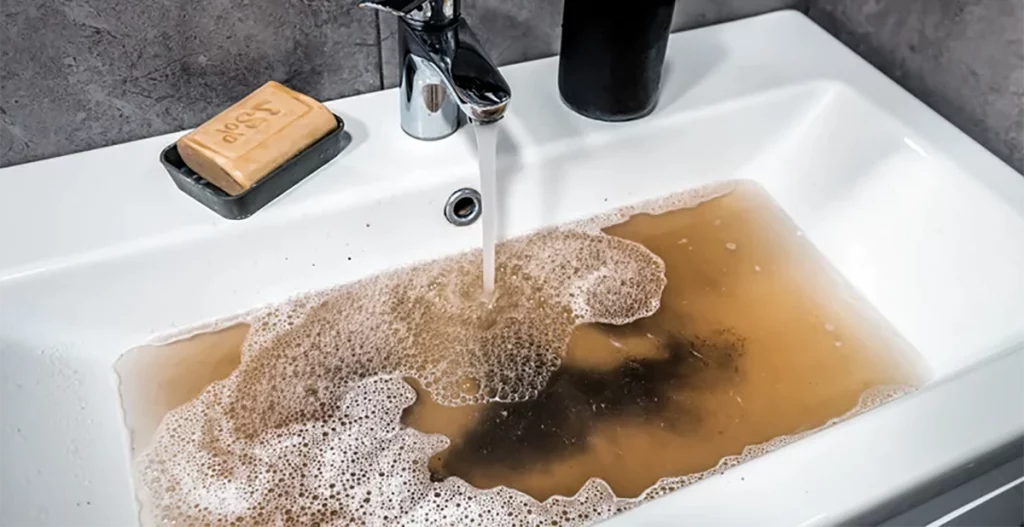
Proper Disposal Practices: Educate everyone in the household about what should and should not go down the drains. Avoid flushing anything other than toilet paper and human waste down the toilet, and use strainers in sinks to catch debris.
Professional Inspection: If you’re experiencing persistent drainage issues, a professional plumber can conduct a detailed inspection using tools like a drain camera to identify and rectify the root causes of clogs and slow drains.
Addressing these issues promptly not only enhances the efficiency of your plumbing system but also extends its lifespan, ensuring that water flows smoothly and reliably throughout your home.
Unusual Noises in the Pipes
Gurgling, banging, or whistling sounds from your pipes can indicate trapped air or sediment buildup, signalling it’s time for a plumbing system check-up.
Unusual noises in your plumbing pipes, often described as banging, rattling, whistling, or gurgling sounds, can be alarming. These sounds may not only be annoying but can also indicate underlying issues in your plumbing system that need immediate attention. Understanding what different noises mean helps in diagnosing potential problems and finding appropriate solutions.
Types of Noises and Their Potential Causes
- Banging or Hammering (Water Hammer): This occurs when water is turned off suddenly, causing a shockwave through the pipes. This shockwave can make the pipes bang against wall studs or floor joists. If not addressed, it can lead to damaged joints or pipe bursts.
- Whistling: Whistling sounds usually occur when water flows past or through a constriction, such as a partially closed valve or a pipe narrowed by mineral deposits. It can also happen if the water pressure is too high.
- Gurgling: This sound is typically heard from drains and is caused by air being trapped in or being pushed through the drainage system. Gurgling can indicate a poorly vented or clogged drain pipe.
- Rattling: Loose pipes, insufficient securing of the pipes to structural elements of the home, or high water pressure can cause rattling noises as the pipes shake within their constraints during water flow.
How to Address Unusual Noises in Pipes
- Secure Loose Pipes: Check for any loose pipes and secure them with clamps or additional strapping to prevent movement that can lead to noise.
- Install Water Hammer Arrestors: These devices absorb the shock when the water flow is suddenly stopped, preventing banging noises and protecting your pipes from water hammer damage.
- Inspect and Clean Valves and Aerators: Mineral buildup can cause whistling; cleaning or replacing faucet aerators and showerheads can eliminate these sounds.
- Adjust Water Pressure: If the water pressure in your home is too high, it can lead to multiple noise issues and damage your plumbing. Installing a pressure regulator can help maintain a safe level.
- Check the Venting System: Proper venting is crucial for preventing gurgling sounds. A plumber can inspect your venting system for any blockages or design flaws and make necessary adjustments.
- Routine Maintenance and Inspection: Regularly having your plumbing system checked by a professional can preemptively address issues that cause noise, preventing them from becoming more significant problems.
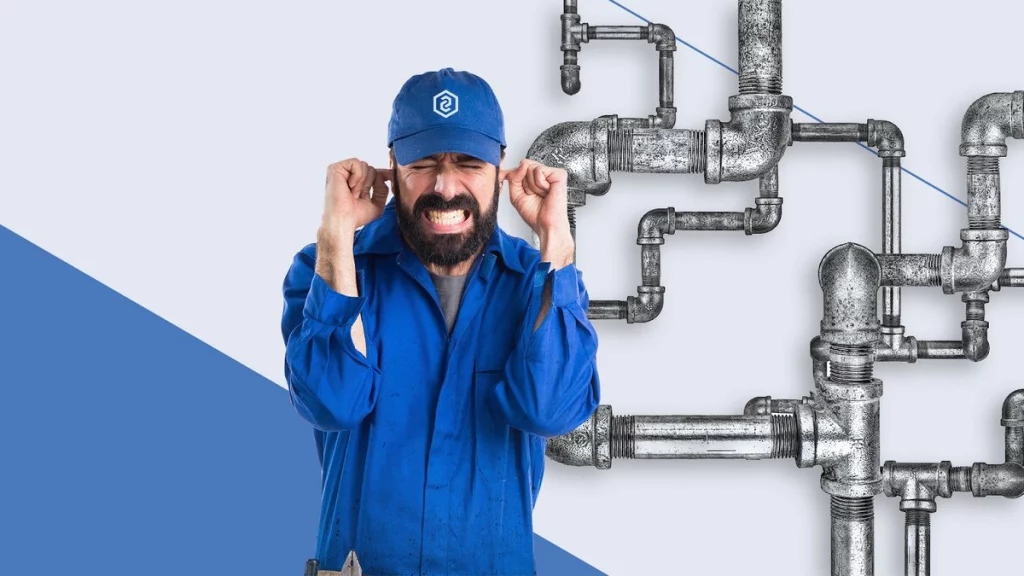
Addressing these unusual noises not only contributes to a quieter home but also helps maintain the health and longevity of your plumbing system, ensuring efficient and safe water flow throughout your property.
Persistent Leaks
Leaks, even minor ones, can lead to significant water waste and structural damage over time. Regular inspections can prevent small leaks from becoming major problems.
Persistent leaks in a plumbing system are more than just a minor annoyance; they signify underlying problems that can lead to significant water waste and structural damage if not addressed promptly. Understanding where these leaks typically occur and the long-term effects they can have is crucial for maintaining the integrity of your home’s plumbing.
Common Areas for Leaks
- Under Sinks: Leaks often occur in the piping under kitchen and bathroom sinks due to loose connections, worn-out washers, or corrosion.
- At Faucet Bases: Faucet leaks can occur around the base and may be caused by worn O-rings or gaskets, which need to be replaced to prevent water from seeping out.
- Toilets: Leaks can develop from the tank to the bowl or from the toilet base. These leaks might be due to faulty flappers, broken seals, or cracked porcelain.
- Water Heaters: Over time, water heaters can develop leaks due to corrosion, loose drain valves, or failing temperature and pressure relief valves.
- Exposed Pipes: In basements or utility areas, exposed pipes can leak at joints or from pinhole leaks due to corrosion or freezing temperatures.
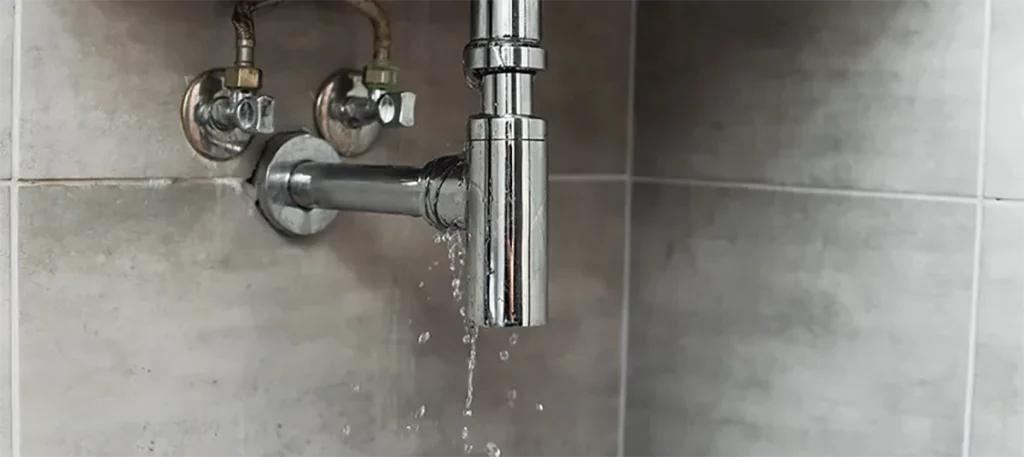
Long-term Effects of Unresolved Leaks
- Increased Water Bills: Even small leaks can lead to a significant increase in water bills over time as gallons of water are wasted each day.
- Mould and Mildew Growth: Persistent moisture from leaks creates ideal conditions for mould and mildew, which can lead to health problems and costly removal.
- Structural Damage: Continuous water leakage can weaken structural components of a home, including wooden support beams, drywall, and flooring.
- Electrical Risks: Water leaks near electrical fixtures pose serious safety risks, including the potential for short circuits.
Solutions to Persistent Leaks
- Regular Inspections: Regularly inspect all visible plumbing for signs of leakage. Pay attention to any wet spots, water stains, or musty odours.
- Immediate Repairs: At the first sign of a leak, attempt a repair or call a professional plumber. Delaying can lead to more extensive damage and higher repair costs.
- Replace Worn Parts: Regularly replace washers, gaskets, and seals in faucets and showers as part of routine maintenance to prevent leaks from developing.
- Use Leak Detection Systems: Install water leak detection systems that can alert you to the presence of moisture or leaks before they cause significant damage.
- Consider Pipe Replacement: If your home has old or corroded pipes, consider a complete pipe replacement to modern materials like PVC or PEX, which are less prone to leaking and other problems associated with older piping materials.
Addressing leaks promptly not only saves water and money but also protects your home from the potential structural damages and health issues associated with ongoing moisture problems.
Water Pressure Issues
Low water pressure can be frustrating and indicative of bigger plumbing problems, such as pipe corrosion or blockages. Conversely, high water pressure might stress your pipes and lead to leaks.
Water pressure issues in your home can range from being mildly annoying to significantly disruptive, affecting everything from the efficiency of your washing machine to your daily shower experience. Understanding both the symptoms of water pressure problems and their potential causes is crucial for maintaining an effective and functional plumbing system.
Symptoms of Water Pressure Problems
- Low Water Pressure: This is often noticed when it takes longer than usual to fill a sink, the shower stream is weak, or appliances like dishwashers and washing machines are not functioning effectively. Low water pressure makes daily tasks frustrating and time-consuming.
- High Water Pressure: While less common, high water pressure can also be problematic, leading to noisy pipes, leaks, and premature wear on appliances and plumbing fixtures.
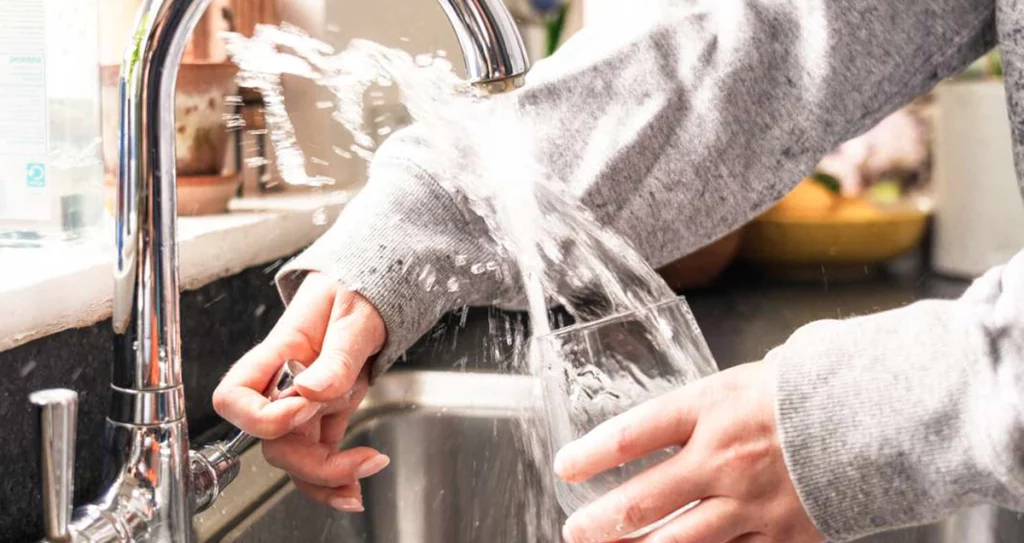
Causes and Solutions for Water Pressure Issues
- Clogged Pipes: Mineral deposits and debris can build up in your pipes, restricting water flow. If you suspect clogs, a plumber can inspect and clean your pipes using professional methods like hydro-jetting.
- Corroded Plumbing: In older homes, galvanised iron pipes can corrode internally over time, reducing water flow. Replacing old pipes with modern materials like PVC or copper can resolve water pressure issues related to corrosion.
- Faulty Pressure Regulator: Homes with a pressure regulator installed can experience water pressure problems if the regulator fails. Replacing or adjusting the regulator can quickly resolve these issues.
- Municipal Water Supply Issues: Sometimes the problem is with the municipal water supply, either due to repairs, a break in the main line, or high demand periods. Contacting your local water supplier can provide information and timelines for resolution.
- Closed or Partially Closed Valves: Check the main water valve and all inline valves to ensure they are fully open. A partially closed valve can significantly reduce water pressure.
- Faulty Fixtures: If low pressure is localised to one area, such as a single faucet or showerhead, the issue might be with the fixture itself. Replacing or cleaning aerators and valves can often fix these localised issues.
Preventative Measures
- Regular Maintenance Checks: Regular inspections of your plumbing system can help identify and rectify potential problems before they lead to serious water pressure issues.
- Water Pressure Gauge: Consider installing a water pressure gauge in your home. This tool can help you monitor your water pressure and identify fluctuations that might indicate an underlying issue.
- Consult a Professional: For persistent or complex water pressure issues, consulting with a professional plumber can provide a thorough diagnosis and appropriate solutions tailored to your specific situation.
Addressing water pressure issues not only enhances your daily water usage experience but also helps prevent strain and damage to your plumbing system, ensuring longevity and functionality.
Recognizing the signs that your plumbing system needs an upgrade can help you make informed decisions that ensure the longevity
FAQs
Clear signs include frequent pipe leaks, persistent clogs that regular cleaning doesn’t resolve, low water pressure throughout your home, noticeable water discoloration, and unusual noises from the pipes. If these issues become regular occurrences, it might be time to consider an upgrade.
Upgrading your plumbing system can lead to improved water efficiency, reduced risk of costly water damage, enhanced water quality, and overall increased home value. It can also save you from the hassle and expenses associated with frequent repairs.
Ignoring necessary upgrades can lead to severe water damage, high water bills due to leaks, and potential health risks from mould and mildew growth. Over time, deteriorating pipes can also lead to catastrophic plumbing failures that require expensive emergency repairs.
Consider replacing plumbing fixtures if they are frequently leaking, if they have severe mineral build-up that isn’t resolved with cleaning, or if they are simply outdated and inefficient. Modern fixtures are designed to be more water-efficient and can significantly reduce your household water consumption.
Choose a plumber who is licensed, insured, and has good reviews or recommendations. It’s also helpful to select someone who has experience with similar homes or plumbing systems. Ensure they provide a detailed quote and explain the scope of work before proceeding with any upgrades.



